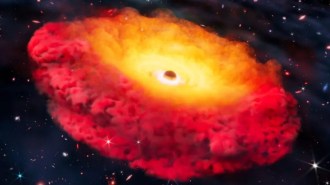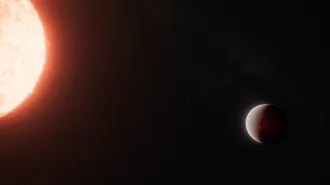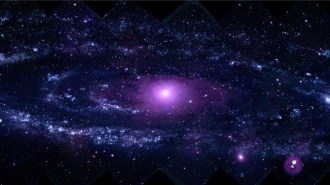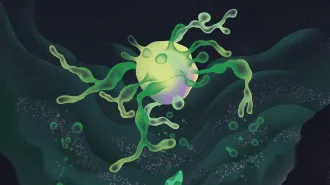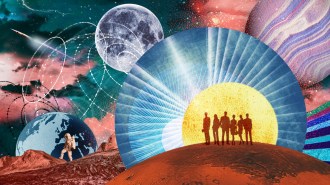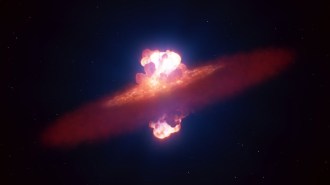In a first, physicists re-created the sun’s spiraling solar wind in a lab
Some of the sun’s fundamental physics have been re-created with plasma inside a vacuum chamber
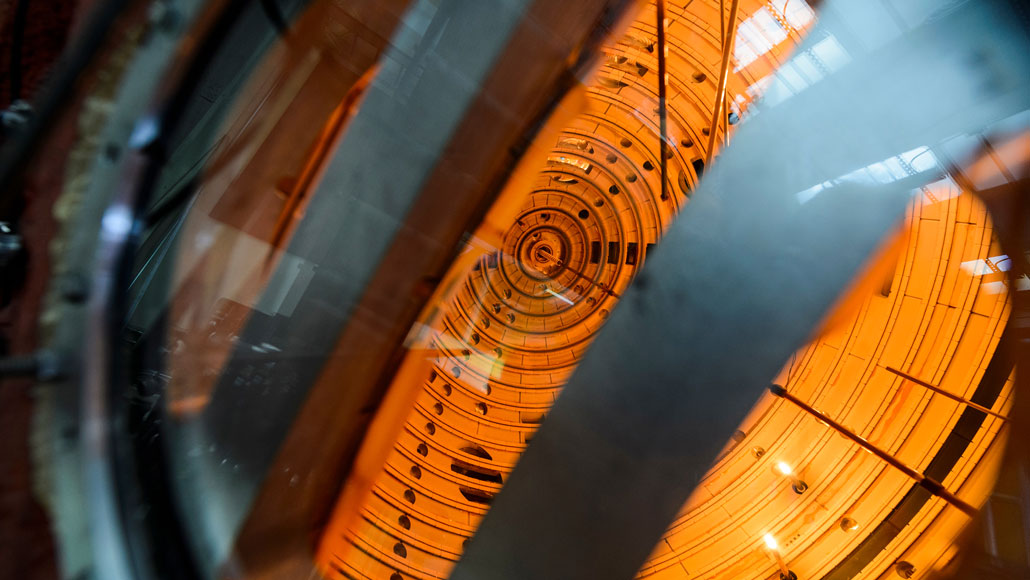
SUN IN A BALL This view shows the inside of the Big Red Ball, a 3-meter-wide aluminum sphere at the University of Wisconsin–Madison that can mimic properties of the sun. Carefully applied magnets and electric currents make the plasma spin and send out streams of charged particles, like the solar wind.
Univ. of Wisconsin-Madison
